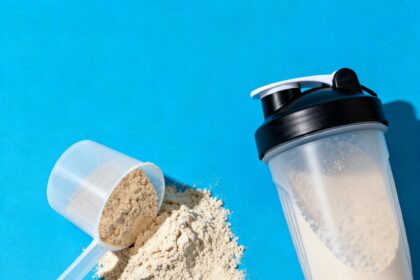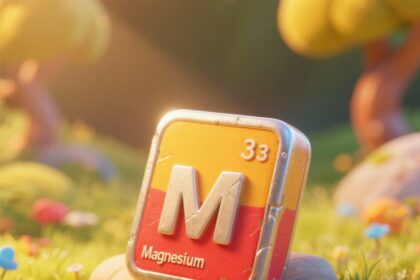 By Megan Johnson McCullough; NASM Master Trainer and Instructor and Professional Natural Bodybuilder
By Megan Johnson McCullough; NASM Master Trainer and Instructor and Professional Natural Bodybuilder
Strength training and weight lifting have multiple benefits for all those who participate, no questions asked. It is an integral part of any exercise program and is crucial in order to protect bone health, prevent disease, and re-shape the body. In the realm of bodybuilding, we seek hypertrophy from strength training, which is the growth and increase in size of our muscles.
STIMULATION TO THE NERVOUS SYSTEM
The science behind hypertrophy involves the nervous system. Our nerves send impulses to our muscles to contract and combined with protein synthesis over time, the muscle cells grow larger. Of course results vary from person to person, but the process is the same. The first component involves STIMULATION. This is the actual workout: “The stimulation occurs during the contraction of the muscle, or during the actual exercising of the muscle. Each time that a muscle is exercised, contraction occurs. This repeated contraction during a workout causes damage to the internal muscle fibers. These muscles fibers are broken down throughout the course of a workout” (https://www.verywell.com/muscle-hypertrophy-definition-3120349).
REPAIR
Next comes the REPAIR. We have damaged the muscle fibers and now it is time for them to recover and build during rest. More muscle fibers are produced to help with this, thus growth takes place as new and old fibers combine.

INTENSITY & TRAINING VOLUME
Intensity and training volume are two important factors to consider when seeking muscle growth. Most commonly, and put simply, we want to use a high volume (weight) at a high intensity (numbers of reps/sets). Heavy load resistance (70% of max) is a solid foundation. The body will continue to adapt and change, which means the approach will too. We have to keep the muscles under stress in order to achieve ongoing results. The complicated part to this is that there is no one size fits all and there is not a magic amount of sets and reps to achieve hypertrophy. We all wish there was a direct answer. But hey, you won’t know until you try it, so more motivation to get lifting.
BODY TYPE
Body type is another factor that comes into play. If a person is an ectomorph who is naturally pretty thin and has trouble putting on muscle, then the muscles typically respond better to higher reps at a sustainable weight. If a person is a mesomorph, their body typically responds better to more weight and less reps. Mesomorphs can also do well with a systematic bulking and cutting approach. Another key element is nutrition, and when it comes to hypertrophy, this means adequate protein intake. In general, this is 1 to 1.5 grams of protein per pound of a person, but again, each body is different.

FINAL THOUGHTS
Hypertrophy is the result of repetitions, sets, and training volume combined with proper nutrition and rest. Lifting weights can become a science where we tailor to specific goals. However, even general fitness benefits from incorporating strength training into the workout regime. Be it bodyweight, dumbbell, bar, or machine, it makes sense to lift for your goals, health, and blood flow.
More About the Author
Megan is an elite NASM Master Trainer and professional natural bodybuilder. She is also a certified Group Exercise Instructor by the Aerobics and Fitness Association of America (AFAA), as well as being certified in Aqua, Cycle, Yoga, and Zumba. Megan also just received the title of Fitness Nutrition Specialist and Senior Fitness Specialist. Megan is a certified Wellness Coach from The Spencer Institute, earning her the title of Lifestyle and Weight Management Specialist.
You can also find Megan on her website here.







































